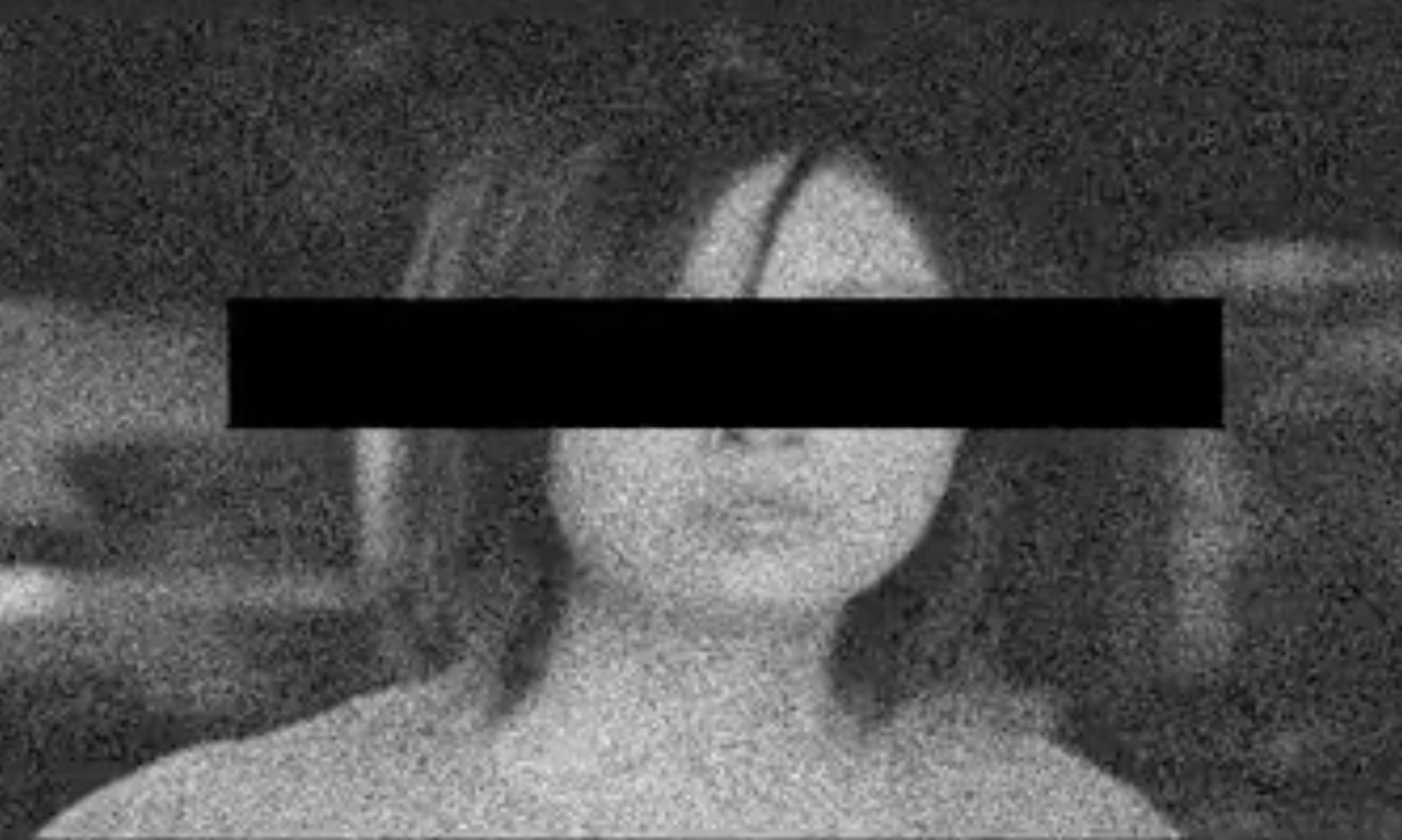Please read the curatorial statement below before watching the video-essay.
by Saxon Kropp
Jagten, or The Hunt in English, is a 2013 Danish film that focuses on a kindergarten teacher in a small town in rural Denmark. In the middle of his divorce with his ex-wife, a small
girl in his kindergarten class named Klara develops a crush on her teacher Lucas. In a turn of unfortunate events, Klara kisses Lucas on the mouth. She then twists the story to make it seem like Lucas kissed her and she did not like it. This twist of the story by Klara completely isolates Lucas and his son from their community. Klara’s father, an old and good friend of Lucas completely turns on Lucas, believing the story his daughter told. Within this video essay I will focus on the juxtaposition of the way Lucas is portrayed in the first half of the movie in comparison to how he shown and treated by everyone in his town. As the movie begins, director Thomas Vinterberg depict this disturbing story in a very interesting way, in which I show in my video essay. The distinct juxtaposition of how the main character Lucas is portrayed in the first half of the film in comparison to the second is impossible not to notice.
Through my video, the rapid switch between scenes from the first section in comparison to the second section’s violence and fighting is what stands out to an audience and makes the story so much more powerful. Lucas is always portrayed to make the audience sympathize with him and his hardships. He starts out in the movie by dealing with his divorce from his wife and how that affects his life. In the midst of his dealing with his son and his wife and all their suffering, the audience watches as one little lie deteriorates one part of his life after another. A main recurrence that Vinterberg uses to show is Lucas’ reputation deteriorate, is his relationship with Klara’s father, Theo. The two are shown in both the beginning of the film and in the beginning of the video essay as good friends, along with other members of their village out at a lake enjoying their time together. They have dinners together and are laughing, and Lucas even brings a drunk Theo home to his wife Agnes, to which Theo thanks Lucas and says good night with a kiss on the lips. Looking at these interactions and how then the men he used to have drunk dinners with and go out for days at the lake, turn against him so quickly. They throw rocks through his window and even go as far as to kill his dog. The audience sees a clear divide in how Lucas is treated before Klara’s lie compared to after through human interaction of ex-best friends Theo and Lucas, but Vinterberg also uses animals in order to show this juxtaposition. Lucas’ dog Fanny plays a big part in Lucas and Klara’s relationship. Lucas lets Klara walk his dog, Fanny, on their way to take her home. The dog comes into Klara’s house and all three are greeted with a warm hello from Agnes and Theo. The multiple shots of Fanny running around or being walked in the vast outdoors of the small town where Lucas grew up, are severely contrasted by the ultimate fate of Fanny, which is being killed by Lucas’ former friends in an effort to show him how much they despise him for what they hear he has done. The audience is shown harsh shots of a dead Fanny being placed in a grave in the pouring rain by a heartbroken Lucas. The comparison in my edited video is to show how with one little lie, Vinterberg creates such an immensely changed atmosphere within the film as the story goes on. The last, and most powerful scene is where my video ends. The town congregates in their church for the Christmas service. After episodes of extreme pain, violence and hurt, the people of Lucas’ town come together in one space, with Klara at the head of the church singing along with the children’s chorus. The soothing sound of children singing over the original video clip is heart wrenching. These men that used to be best friends are covered in scars and blood, their relationship gone. My editing of the scenes from the start of the film rapidly followed by the fighting and anger shows this extreme change in tone and ultimately brings the sense of
sympathy for Lucas and the anger we have for knowing the real truth is all brought to the surface through this one scene along with the soothing background of Christmas music and the beautiful church that surrounds them.
Bibliography
- De Viguera Erkiaga, Luis Sáenz. “Sacrificial Victim: Taking the Nation Apart in ThomasVinterberg’s The Hunt.” Studies in European Cinema, vol. 15, no.2/3, June 2018, pp. 162—179.
- Louisiana, Channel. “Thomas Vinterberg: About a Scene by Ingmar Bergman.” Vimeo , 12 Sept. 2018.
- Macnab, Geoffrey. “The Hunt.” Sight & Sound , vol. 22, no. 12, Dec. 2012, pp.80-81.
- “The Hunt.” IMDb, 25 Oct. 2012.
